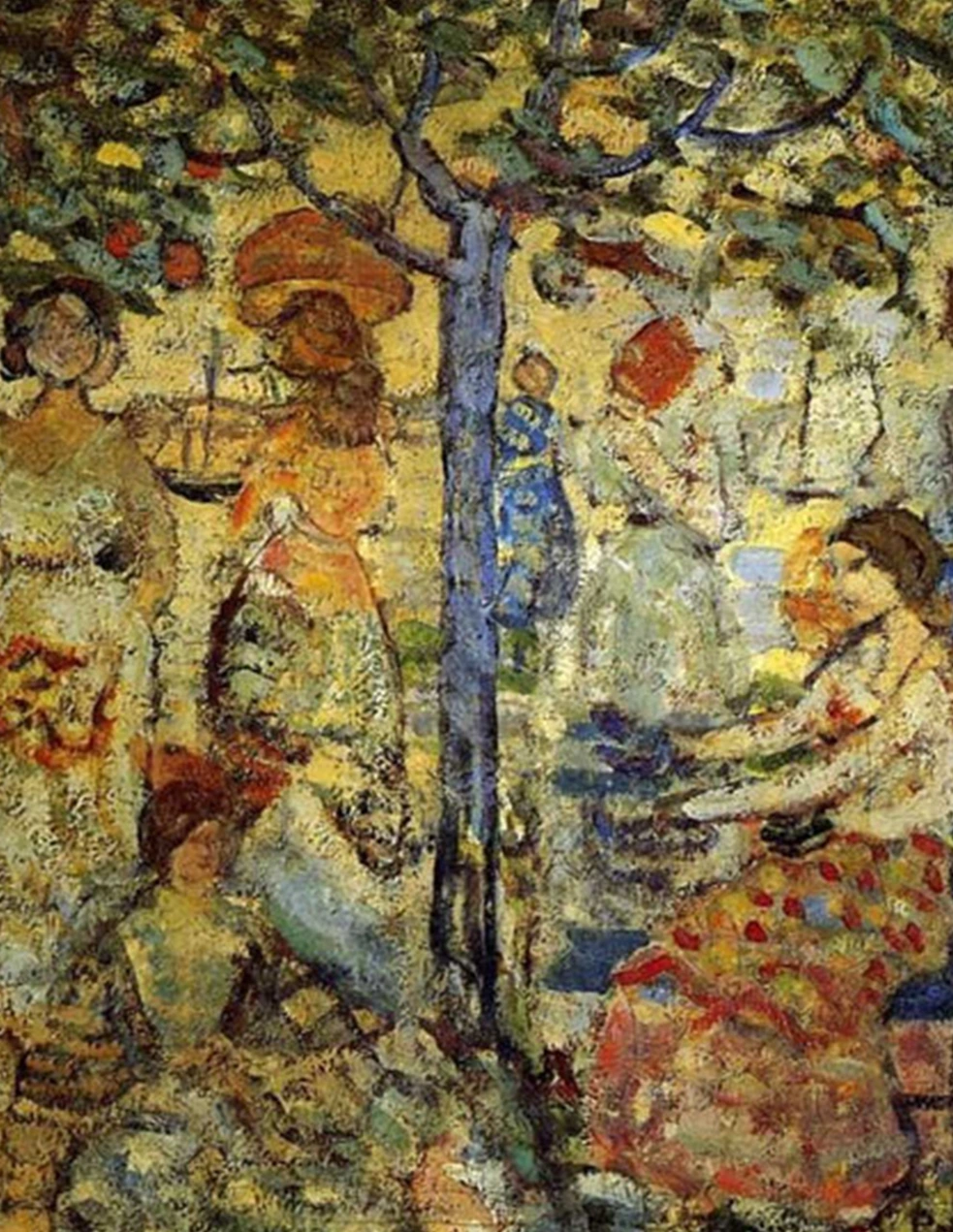Authenticating Toulouse-Lautrec artwork using new technology
Toulouse-Lautrec Experts can rely upon scientific testing to authenticate works of art in cases where other forms of analysis are inconclusive. These include chemical analysis of the pigments used, specialized photographic techniques, and forensic methods such as signature analysis and linguistics. A comprehensive list of tests to determine the authenticity of your Toulouse-Lautrec appears below.
Pigment Analysis
A pigment analysis determines what type of pigments were used. At different times painters used different pigments and we have chronological tables showing when the different pigments first came into use.
UV Photography
Used to look underneath the surface of a painting, to observe what lies beneath.
X-Ray Photography

Two types of x-rays are used: stereoradiography, similar to a medical x-ray; and autoradiography, which uses beta particles. Each type of x-ray can show different aspects of a painting that would otherwise not be perceptible.
Raking Light Photography
Analyzes surface texture, crackling, and brushwork.
Dendrochronology
A dating technology used to date the wood used in construction of a painting’s canvas stretcher bars or board.
DNA Testing
If an artist has left any traces of hair or other genetic material, it can be tested and compared to other existing samples or to that of members of his or her family.
Forensic services offered by Toulouse-Lautrec experts include:
Fingerprints
It is possible to find fingerprints in a painting and match them to the artist.
Forensic handwriting analysis
Artists often make notes on the reverse side of a canvas. We compare those writings with known samples by the artist.
Forensic linguistics
Our experts are fluent in multiple languages, and consider any writings done in those foreign languages.
Forensic signature examination
A signature is not a sure sign that a painting is authentic; often they have been added because the former owner found it easier to sell with a signature. We know the signs of a fake signature as well as the signs of a forged signature.
Forensic sizes
Standard canvas sizes vary from country to country. A simple way to determine country of origin is to measure the canvas.
Forensic stencils and art supplies
The source of art supplies can often lead to information about a work of art’s origins. We will investigate the materials used and from where they originated.
Labels
Galleries often label the back of a canvas indicating when it was displayed.
Stamps, seals and marks
Many private collectors used to place marks on their paintings. We know which marks to look for that will signify if the painting has been in a notable collection at some point in time.
Contact us at Toulouse-Lautrec Experts to learn more about the methods we use to determine if your Toulouse-Lautrec is authentic.